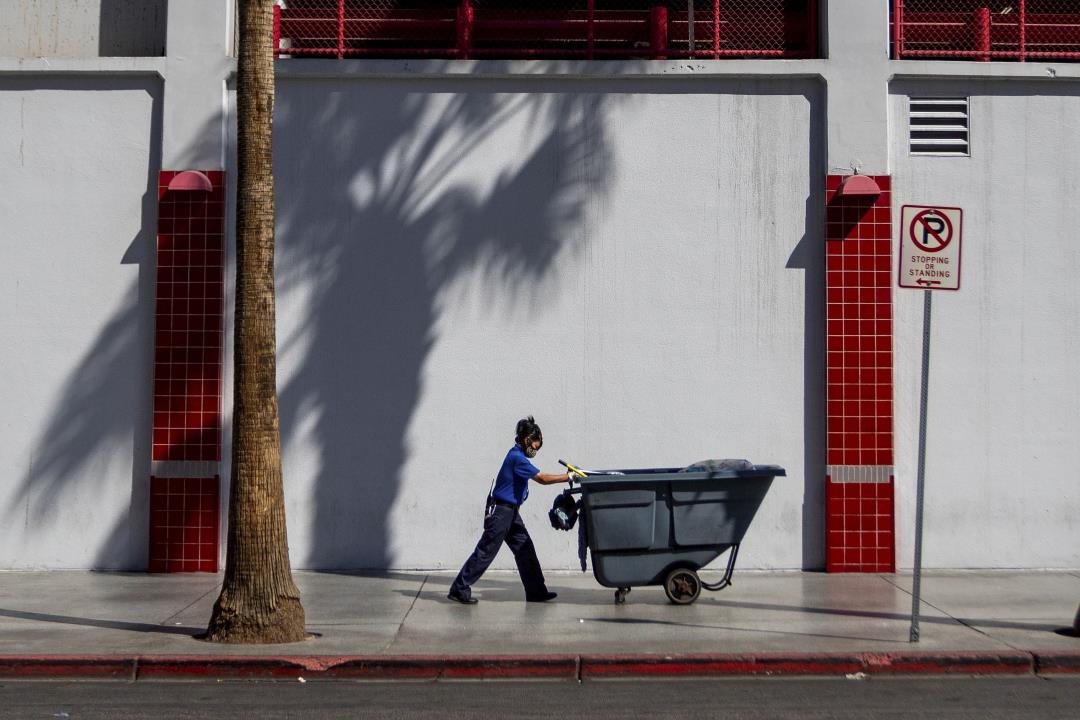
Santos Brizuela, a hardworking laborer, has endured numerous challenges throughout his career. From heatstroke while cutting sugar cane in Mexico to chronic laryngitis due to prolonged exposure to the hot sun, Brizuela has faced it all. However, last summer in Las Vegas, he reached his breaking point. The intense sun exposure caused him immediate headaches and a loss of appetite. Thankfully, in his current maintenance job, Brizuela has the opportunity to take breaks and follow provided best practices for staying healthy. He reflects on past experiences, stating, “Sometimes as a worker you ask your employer for protection or for health- and safety-related needs, and they don’t listen or follow,” emphasizing the importance of proper safeguards for workers.
The recent historic heat wave sweeping across the Southwest and other regions of the US has shed light on a severe consequence of climate change: the increased injuries and fatalities among workers who face extreme heat conditions. This issue particularly affects low-wage migrant workers, many of whom toil in warehouses, kitchens, or under the scorching sun. While state and federal governments have implemented procedures to address environmental risks related to climate change, such as droughts, floods, and wildfires, protections for extreme heat conditions have been lacking. Ladd Keith, an assistant professor of planning at the University of Arizona, states, “In some ways, we have a very long way to catch up to the governance gap in treating the heat as a true climate hazard.” Currently, there is no federal heat standard in the US, but there is ongoing effort from President Biden’s administration to establish one. Additionally, most of the hottest states in the country lack heat-specific standards. Instead, workers in these states are theoretically protected by the “general duty clause,” which requires employers to mitigate potential hazards. However, there is no consistent benchmark for determining what constitutes a serious heat hazard.
Federal experts have been recommending extreme-heat protections since 1972, but it took until 1997 and 2006 for Minnesota and California to implement the first statewide protections. However, as heat waves become longer and more intense, attitudes are slowly changing. Several other states are now considering similar laws or regulations. In 2021, the Biden administration introduced new regulations aiming to establish heat safety standards and strengthen protective measures for at-risk private sector workers. However, these mandates will likely undergo years of review before implementation. Currently, the responsibility of providing protections for workers lies mostly with individual employers, and financial considerations often take precedence. Vince Saavedra of the Southern Nevada Building Trades challenges skeptics, stating, “But I’ll challenge anybody to go work outside with any of these people, and then tell me that we don’t need these regulations.” For more information on this issue, click here.
(Read more extreme heat stories.)
Denial of responsibility! VigourTimes is an automatic aggregator of Global media. In each content, the hyperlink to the primary source is specified. All trademarks belong to their rightful owners, and all materials to their authors. For any complaint, please reach us at – [email protected]. We will take necessary action within 24 hours.


